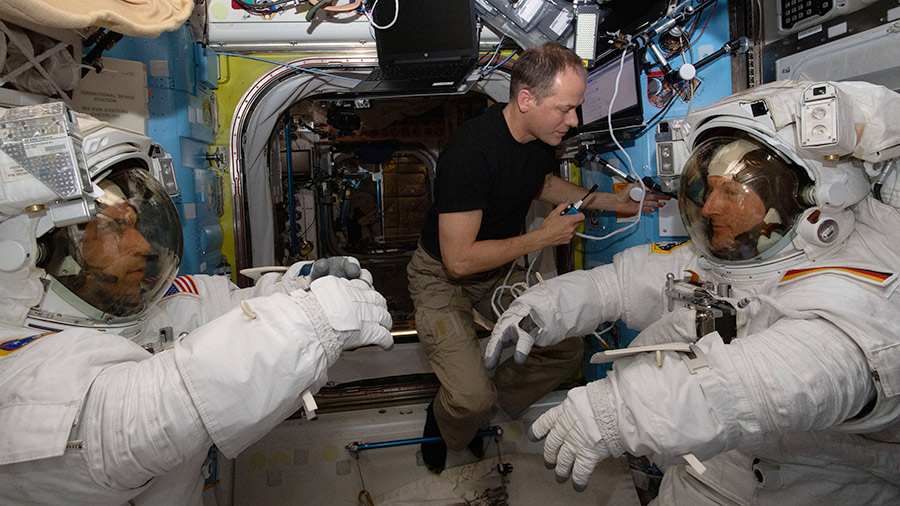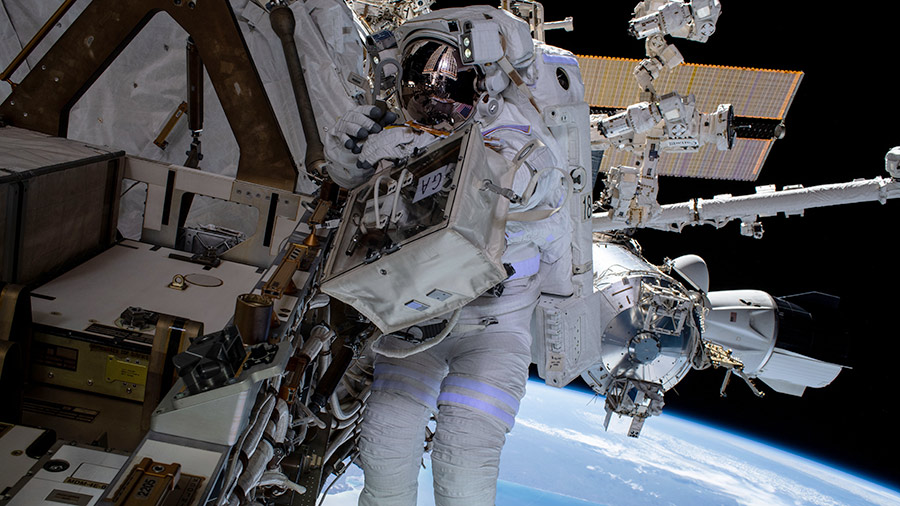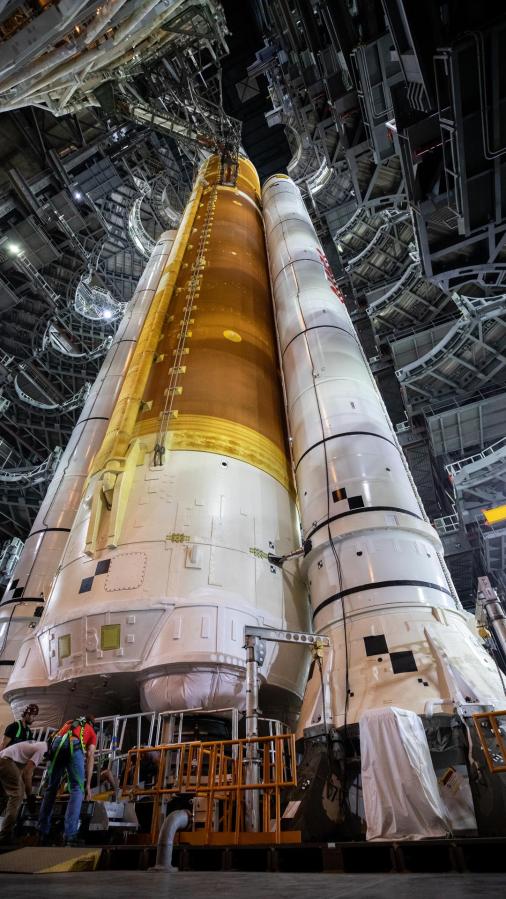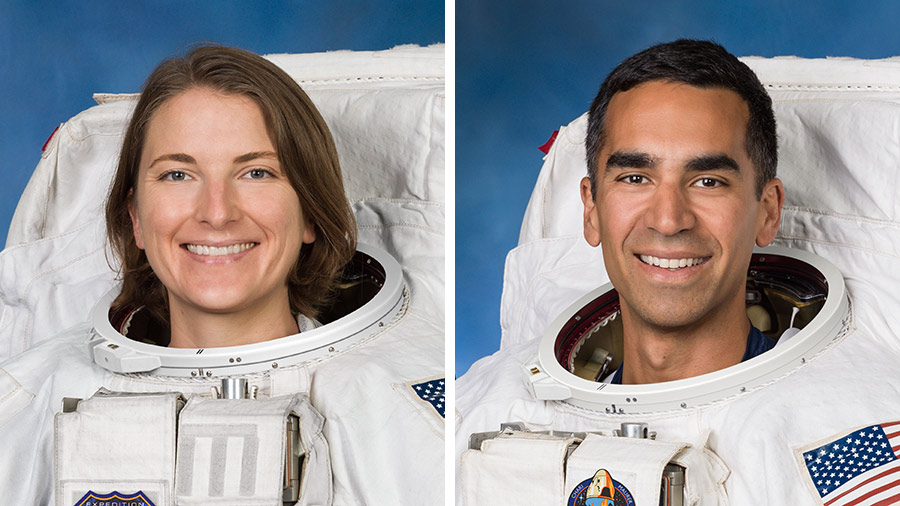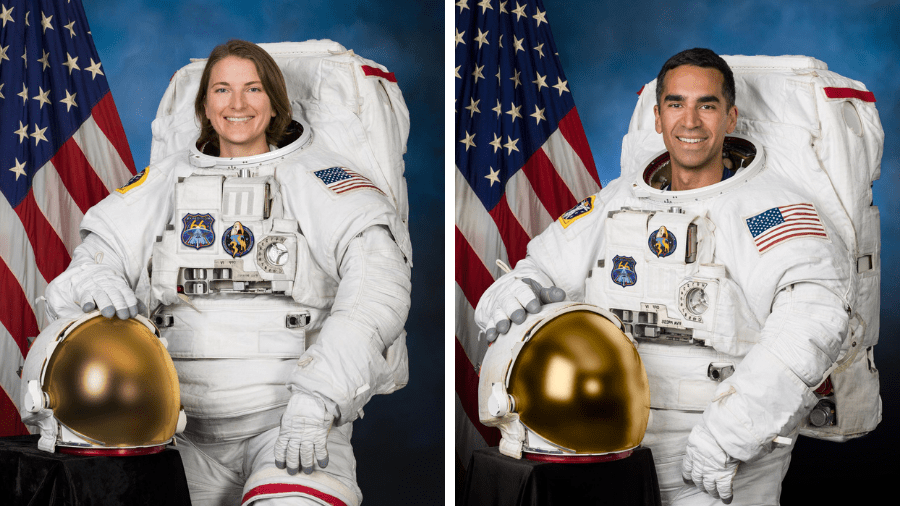Payloads: Fiber-optic Active Dosimeter (Lumina): Nominally, data is periodically transferred between the Lumina device and the EveryWear App to input the experiment parameter settings; however, today the crew reported none of the expected files were available for transfer. The ground team is assessing the forward plan. Lumina is an active fiber dosimeter that monitors, in …



























